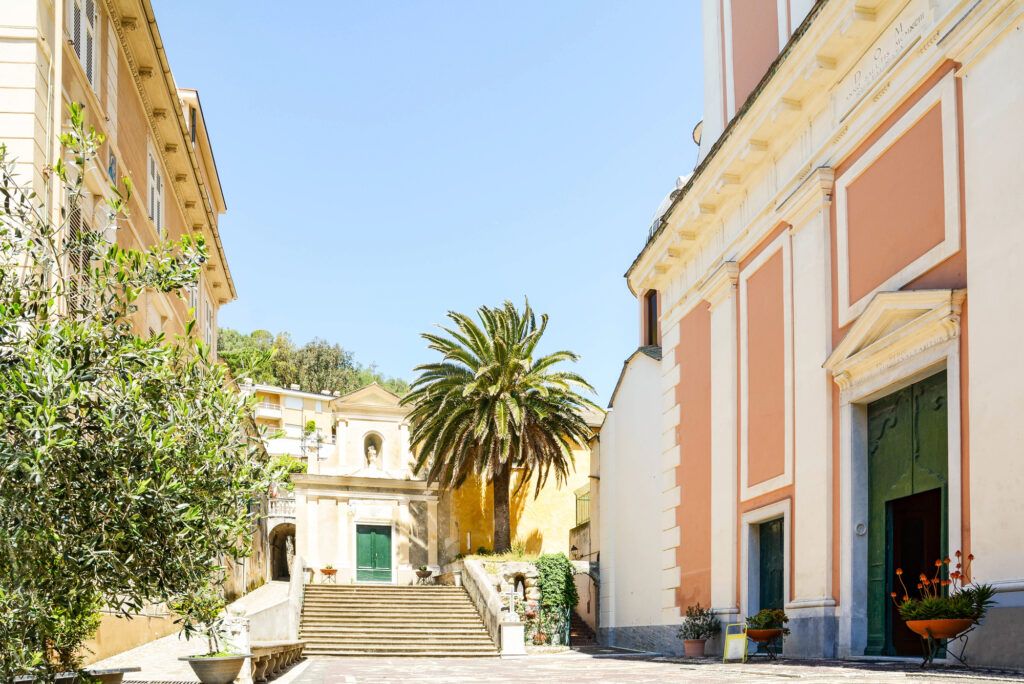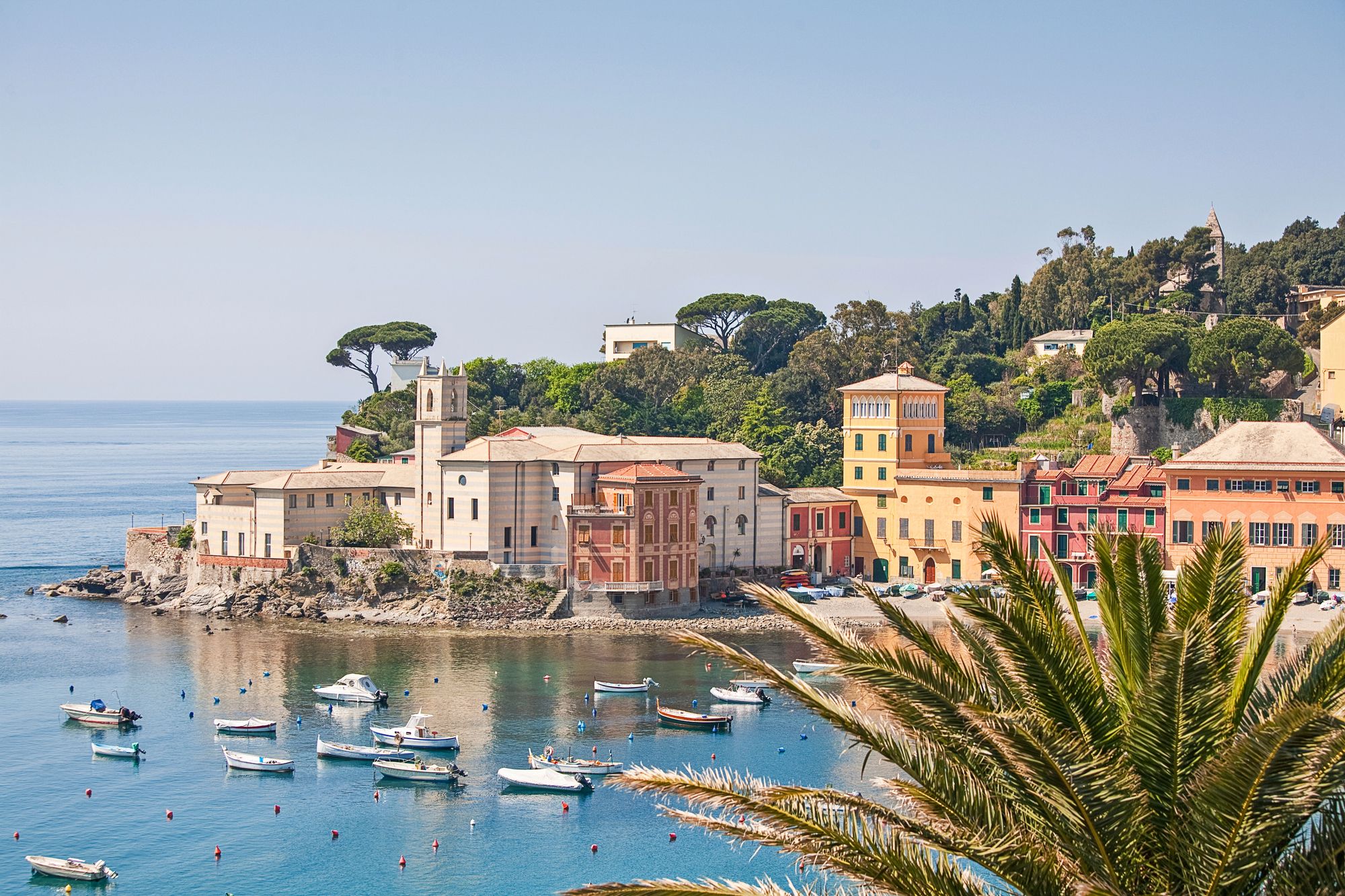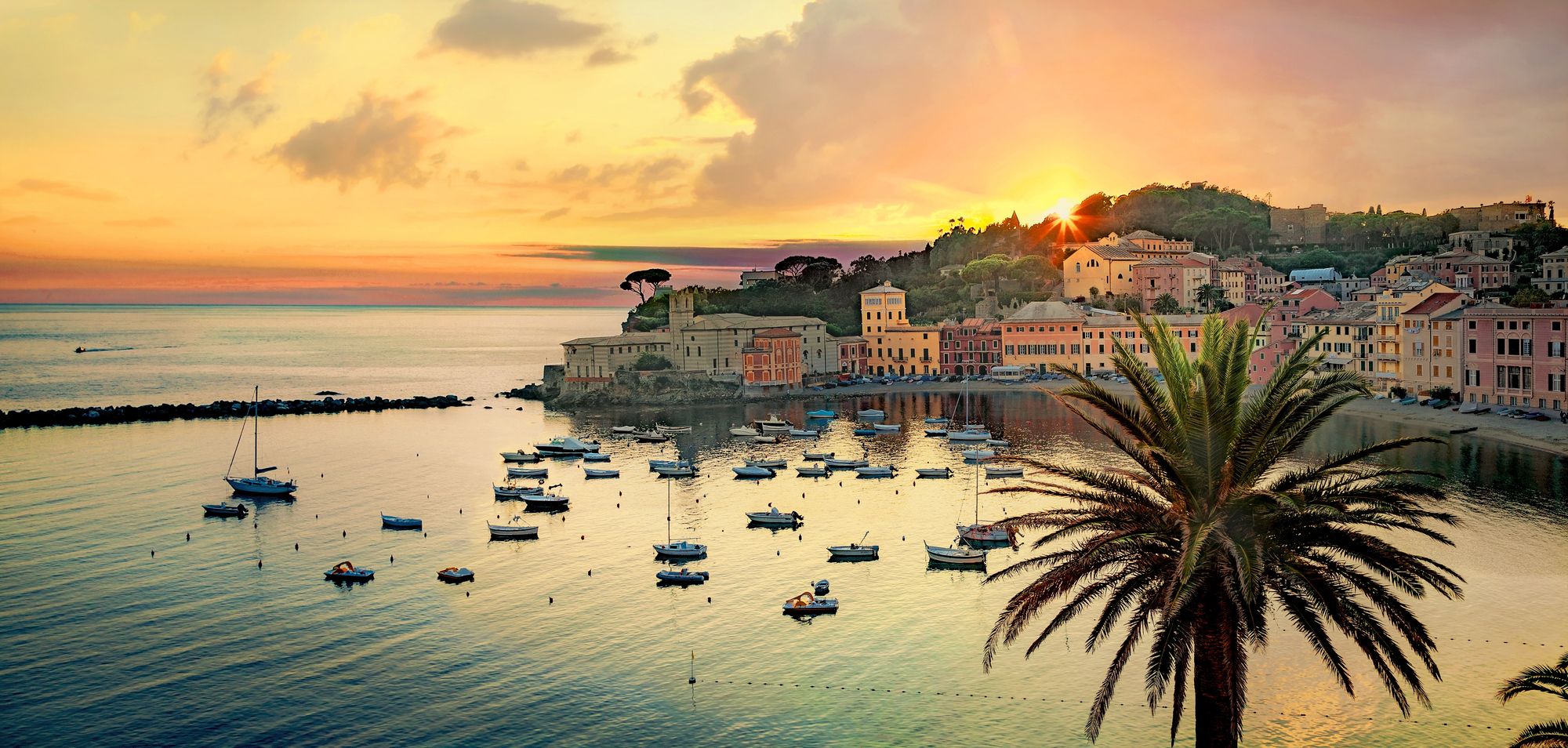Nestled between mountains and sea in Liguria, Sestri Levante charms visitors with its twin bays and colorful buildings. This coastal gem sits along the Italian Riviera, offering a great base for exploring nearby Cinque Terre while sidestepping the biggest crowds.
If you’re driving, just hop on the A12 Genoa-Livorno motorway, exit at Sestri Levante, and follow the signs to the town center. No car? Trains make it easy to get here from big cities like Pisa or coastal towns such as Rapallo and Riomaggiore.
Find available hotels and vacation homes instantly. No fees, best rates guaranteed!
Check Availability Now
Sestri Levante feels more accessible than some of its neighbors, so it’s a good pick for travelers after authentic Ligurian charm without the usual travel headaches. Once you’re here, the compact center’s perfect for wandering—let your feet take you from lively main streets to the peaceful shoreline, no rush needed.
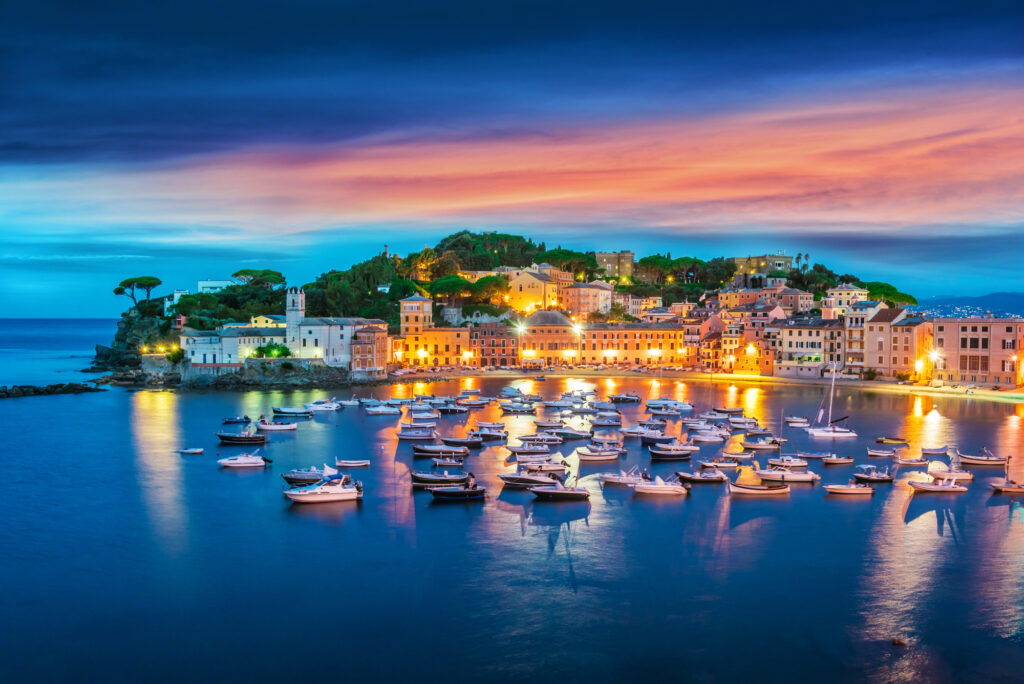
Understanding Sestri Levante’s Location
Sestri Levante sits in a sweet spot on the Ligurian coast, making it a handy base for exploring both sides of the Italian Riviera. You get easy access to top destinations, but without the suffocating crowds.
Where Is Sestri Levante on the Ligurian Riviera?
About 45 kilometers east of Genoa and 57 kilometers west of La Spezia, Sestri Levante sits right between two big coastal regions: the glitzy western Riviera and the rugged eastern stretch where Cinque Terre lies.
The town’s right off the A12 Genoa-Livorno motorway—take the Sestri Levante exit, then just follow the signs. Genoa’s Cristoforo Colombo International Airport is the nearest airport, though it’s not huge by Italian standards.
Sestri Levante grew up as a stop along coastal trade routes, and these days, its location offers a nice mix of convenience and laid-back vibes.
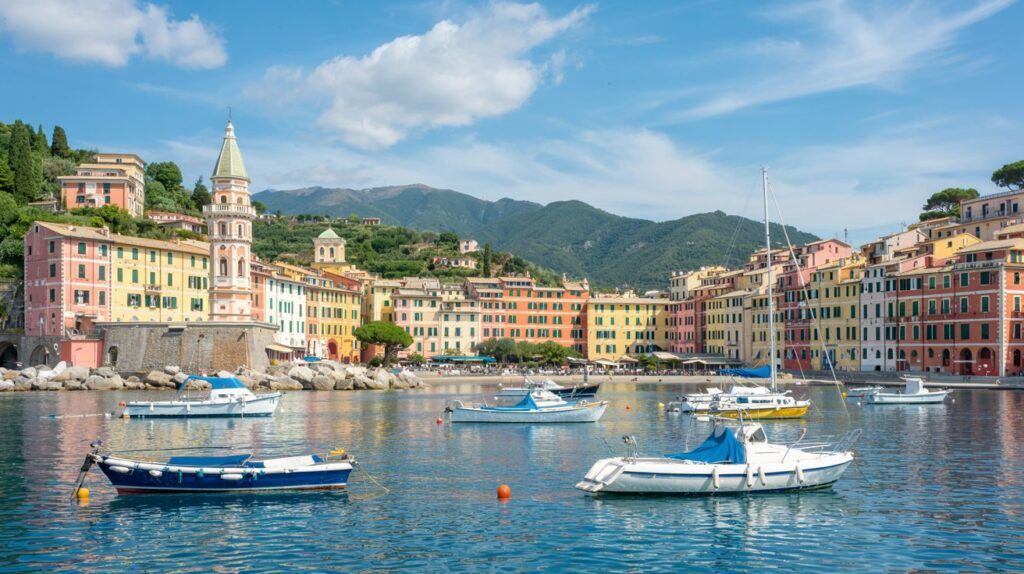
Nearby Towns and Popular Destinations
From Sestri Levante, exploring Liguria’s best spots is a breeze:
To the West:
- Rapallo (25 km)
- Santa Margherita Ligure (30 km)
- Portofino (35 km)
To the East:
- Cinque Terre villages (starting about 20 km away)
- La Spezia (57 km)
You can make day trips easily by train. Direct trains reach Cinque Terre (Riomaggiore) in about 34 minutes, or 53 minutes if you catch a local with stops. Portofino doesn’t have a train station, but you can get there by combining train and bus rides.
The railway station’s just an 8-minute walk from the center, so you really don’t need a car. This location lets you skip the overpriced, crowded hotspots and still get everywhere you want.
Getting to Sestri Levante by Train
Honestly, the train’s probably the easiest way to reach Sestri Levante. There are two stations—the main one in the center, plus a smaller Riva Trigoso stop. Regular trains connect you to big Italian cities and the whole coastline.

Trains from Genoa and the Italian Riviera
Regional trains run between Sestri Levante and Genoa all day. You can board at Genova Brignole or Genova Piazza Principe. The ride takes 45–60 minutes, depending on the train.
From Santa Margherita Ligure, trains leave every half hour or so, and you’ll get to Sestri Levante in about 29 minutes. Tickets are cheap—usually €2–5.
Staying in Rapallo? Direct trains to Sestri Levante start at about $4. The coastal rail line keeps all these seaside towns connected.
Easy booking across stunning accommodations from historic palazzos to modern retreats. Colorful buildings and pristine beaches create the perfect Mediterranean getaway!
Secure Your Italian Retreat
Connections to Cinque Terre and Beyond
Sestri Levante works well as a base for Cinque Terre. Trains run to all five villages, and you can reach Riomaggiore (the closest) in about 40 minutes.
Trains to Pisa are frequent too, with fares from $12.50—so a day trip to the Leaning Tower is totally doable.
If you’re coming from Milan, direct trains will take you straight to Sestri Levante—no transfers needed. It’s an easy destination whether you’re popping in for a day or using it as a travel hub.
Purchasing Tickets and Schedules
You can buy tickets at the station, from machines, or online through Trenitalia’s website or app. If you’re traveling in summer, booking ahead is smart.
The first train usually leaves around 6:30 am, and the last one’s at about 10:00 pm. With more than 50 trains daily to Santa Margherita Ligure alone, you’ve got plenty of choices.
Most regional trains don’t need reservations, but you must have your ticket before you get on. Don’t forget to validate your paper ticket in those little green or yellow machines—otherwise, you risk a fine.
If you prefer booking in English, Rail Europe is a good option for advance tickets.
Arriving by Car: Driving and Parking in Sestri Levante
Driving gives you flexibility to explore this gorgeous stretch of Liguria, but parking can be a pain, especially in summer. Some advance planning helps.
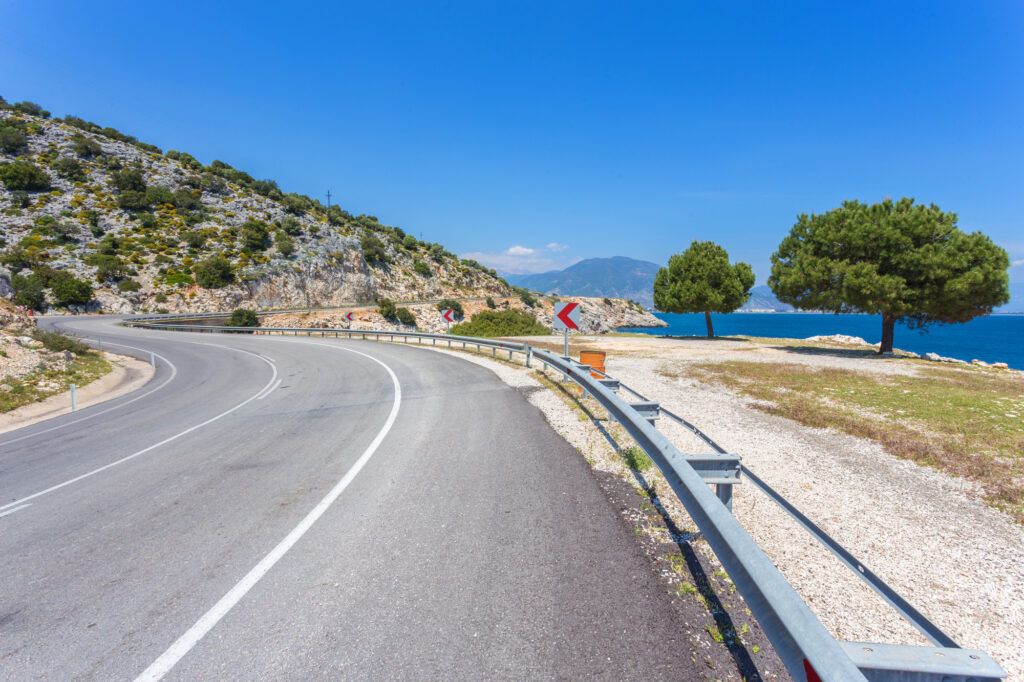
Best Driving Routes to Sestri Levante
The A12 Genoa-Livorno motorway is the most direct route. Take the Sestri Levante exit, then just follow the signs into town. From Milan, drive south on the A7 before connecting to the A12. The trip from Milan takes about 2.5 hours, traffic willing.
If you’re up for a scenic detour, try the coastal road (SS1 Aurelia). The drive is slower but the Mediterranean views—plus all those olive groves and bursts of oleander—are worth it.
If you’re renting, make sure you know the road signs and watch for ZTL zones (limited traffic areas). Many GPS apps now warn you about ZTLs to help you avoid fines.
Parking Options and Tips
Parking’s tough, especially in summer. There are paid lots near the center, but they fill up fast. The biggest ones are by the train station and along Viale Roma.
Blue lines mean paid parking (usually €1–2 per hour). Find a ticket machine, pay, and put your receipt on your dashboard. White lines are free, but those spots go fast—if you spot one, grab it.
Some hotels have private parking for guests (expect €10–15 per day). If you need this, book it with your room.
For longer stays, park a bit outside the center where it’s cheaper. The walk into town isn’t bad—you’ll pass gardens and olive trees, which isn’t exactly a hardship.
From seaside hotels to charming villas, find your perfect stay in this enchanting two-bay peninsula. Instant booking with best price guarantee!
Browse Accommodations Now
Always check parking signs, since rules change with the season and by street. Don’t double park or block anyone’s driveway—local police don’t mess around with fines here.
Getting to Sestri Levante by Bus or Public Transport
Sestri Levante’s public transport is surprisingly handy if you’re car-free. Buses run to major cities and local attractions, and shuttles help you get around town.
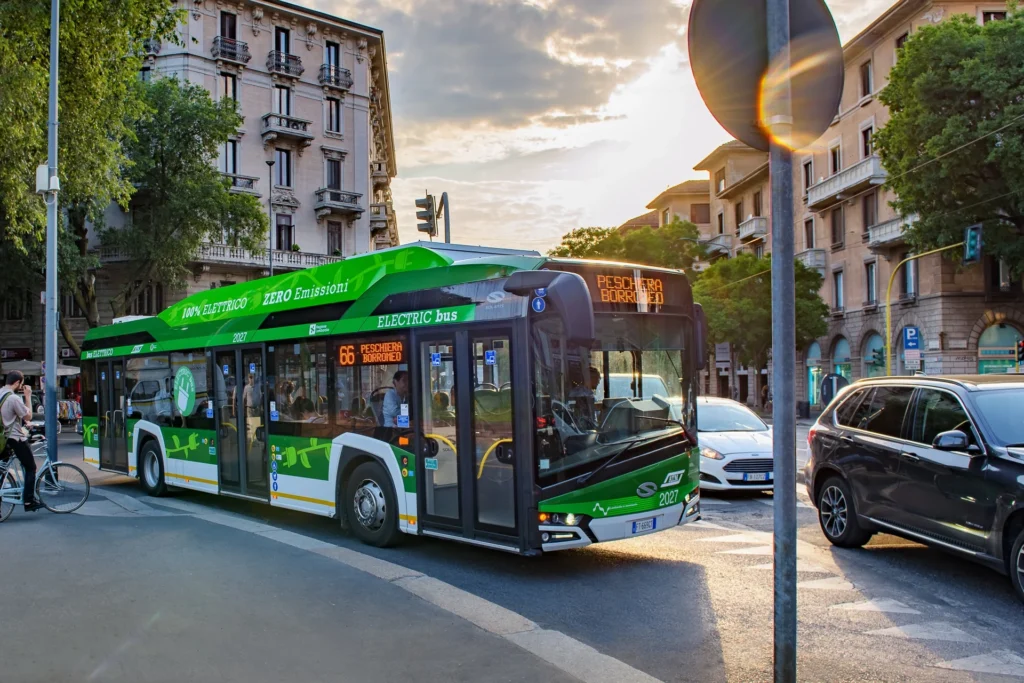
Regional Bus Connections
The regional bus system, run by Tigullio Trasporti, links Sestri Levante to places like Rapallo, Portofino, and other towns up and down the coast. Buses from Genoa take about 1 hour 15 minutes and run several times a day.
Coming from Milan? You’ll need to take an airport bus into the city (about an hour), then connect to a bus or train for Sestri Levante. Plan for 2.5–3 hours total.
From places like Portofino, regular buses follow the scenic coastal route. In summer, they’re frequent, but double-check schedules if you’re traveling off-season.
Local Shuttles and Timetables
Local shuttles link the train station, town center, and beaches. The most popular route runs between the railway station and Baia del Silenzio every 20–30 minutes during the day.
Schedules change by season:
- Summer (June–September): 7:00 AM to midnight
- Winter (October–May): Limited service, usually until 8:00 PM
Buy tickets at tobacconists, newspaper stands, or from drivers (for a little extra). A single ride is about €1.50, and day passes are a pretty good deal at €4.50 or so.
If you want to roam further along the coast, look for special tourist shuttles to Rapallo and other pretty towns during high season.
Arriving via Air: Closest Airports and Transfers
If you’re flying in, Genoa Airport is the closest and easiest choice. Once you land, you’ve got options—public transport, private transfers, or car rentals—to get to this beautiful Ligurian town.
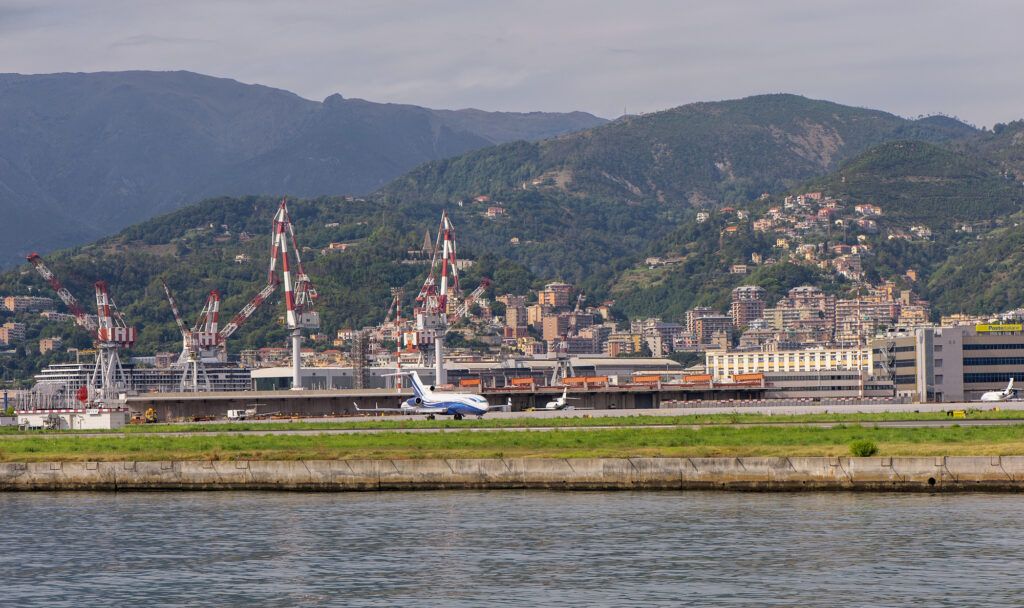
Airports Nearest to Sestri Levante
Genoa Airport (GOA) is just 46 kilometers away, so it’s usually the fastest way in. There are regular flights from big European cities and connections to international hubs.
If Genoa flights don’t work for you, Milan Linate Airport (LIN) is next closest at about 132 kilometers. Other possibilities:
- Bologna Airport (BLQ)
- Pisa International Airport
- Milan Malpensa Airport
Each airport has its pros and cons, depending on where you’re coming from and your budget.
Airport Transfer Options
From Genoa Airport, you can catch the Volabus shuttle to Genoa’s main train station (Genova Piazza Principe), then hop on a direct train to Sestri Levante. The whole trip takes about an hour and is usually the cheapest way.
If you want door-to-door service, book a private transfer in advance. These companies offer fixed prices and instant confirmation, which is nice when you’re tired after a flight.
Renting a car gives you freedom to explore the coast—Rapallo and other towns are within easy reach. From Genoa Airport, just follow the A12 motorway and exit at Sestri Levante.
Taxis are available, but they’re pricey for longer rides. For budget travelers, public buses connect airports to train stations, where you can continue on to Sestri Levante without too much hassle.
Where to Eat in Sestri Levante
Sestri Levante has tons of great food and places to stay, no matter your budget. The town mixes Ligurian flavors with everything from luxury hotels to wallet-friendly spots.
Elegant resorts, waterfront apartments, and vacation rentals with immediate confirmation. Between the Bay of Fables and Bay of Silence, your dream Italian escape awaits!
See Available Properties

